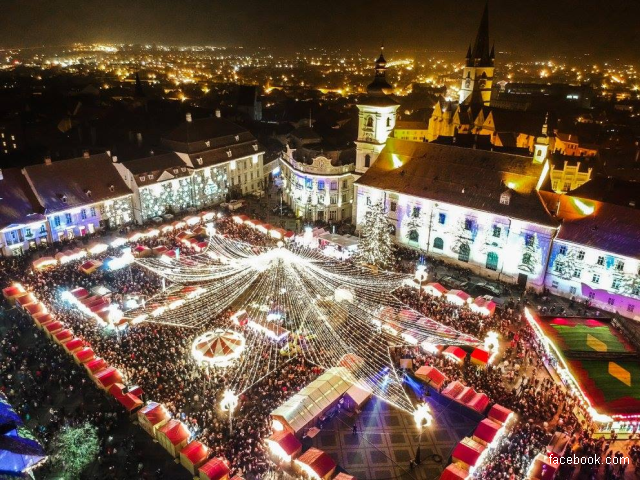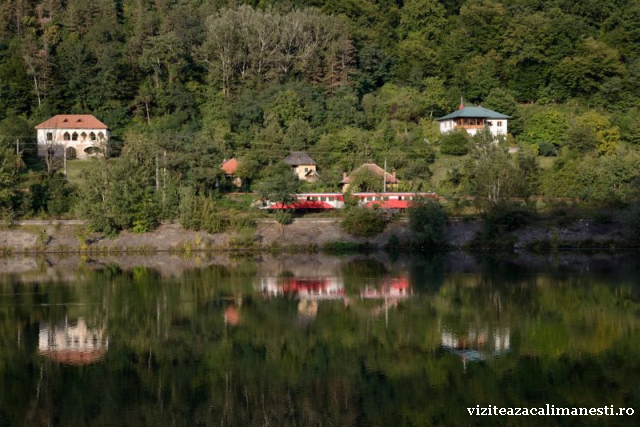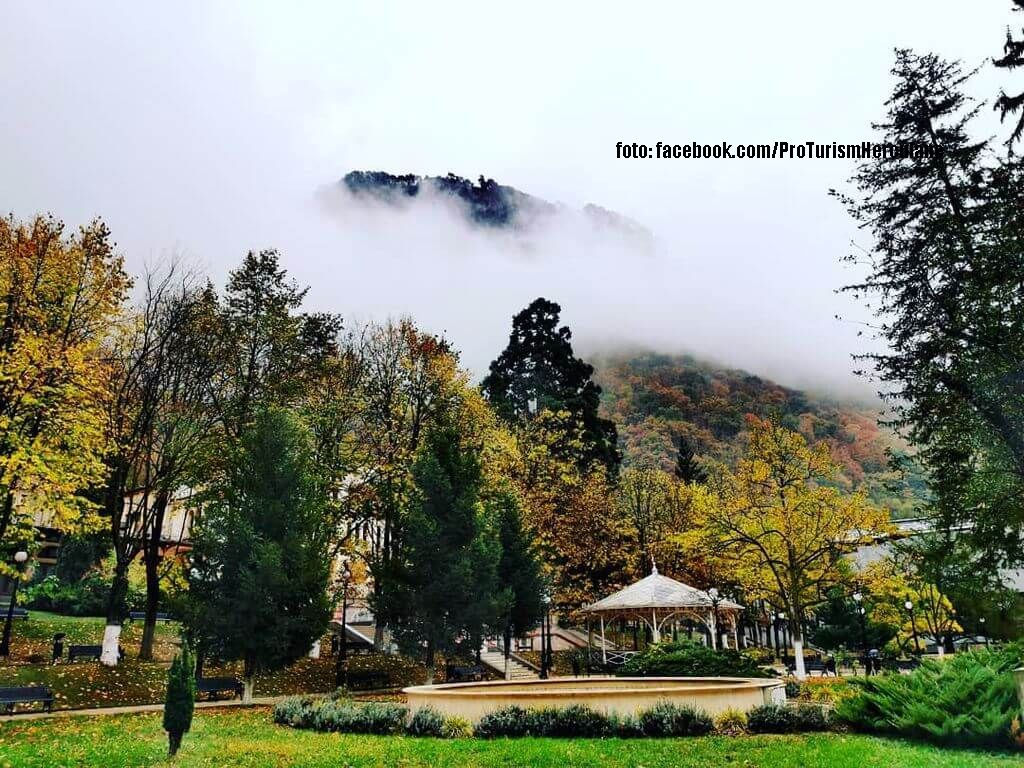Tourist Attractions in Sibiu
Sibiu is one of the wellsprings of culture and civilization in Romania

Daniel Onea, 29.11.2018, 13:21
Lying at the centre of Transylvania, Sibiu is one of the wellsprings of culture and civilization in Romania. However, it is a fun place too. It is the place where you find one of the best Christmas fairs in the country, between 16 November and January 3rd. Anca Nitoi is an archaeologist with the National Bruckenthal Museum, specialising in the Middle Ages and in medieval weaponry. Here she is talking to us about the history of the city:
Anca Nitoi: “Sibiu is first documented in the 12th century, in 1191, when Pope Celestine II grants to the city of Sibiu the title to the surrounding lands, recognising its ecclesiastical authority over the region. The Saxon settlement started by the Hungarian king Geza II in the 12th century, had several waves, and covered the whole of southern Transylvania. Two major cities thus emerged, Sibiu and Brasov. Sibiu, which developed faster, had greater administrative importance in the medieval period. Sibiu was an ecclesiastic centre, but it was also there that we find the most important guilds. And in the 15th century, the Saxon University was founded there, which made it a nexus of culture to this day. Proof in this respect is the fact that in 2007 Sibiu was European capital of culture, in recognition of its cultural importance.
In Sibiu you will also find the first art museum in the country, which opened its gates in 1817. It is a Baroque style building, erected between 1778 and 1788, and was built as the residence of Baron Samuel von Bruckenthal. He was the only member of the Saxon community in Transylvania to be granted a major administrative role in the Austrian state reigned over by Empress Maria Theresa.
It is when he was staying in Vienna that he built his impressive art collection, mentioned in 1773 in the Almanach de Vienne as one of the most valuable collection of paintings to be admired in the Viennese cultural circles of the time. Alexandru Sonoc, Ph.D., is the head of the Bruckenthal Art Museum and our guide today:
Alexandru Sonoc: “Right now, the museum is managed by a council. Half of its members represent the authorities, the other half are appointed by the Sibiu Evangelical Church community. This is an experiment that is unique in Romania. The collections that belonged to the church will be given back, but will be exhibited and administrated by the museum, being made available to the public in line with the baron’s will, who put them up for everyone to enjoy. Within his Enlightenment context, the baron realised that his paintings could contribute to the development of science, culture, and the arts in Transylvania, and wanted them to be made available to the public on certain days of the week. To this end, he set up a foundation, and pressed the church and its scions to make them accessible to the public.
The coat of arms of the city of Sibiu can be seen all over the town, on buildings, on stained glass windows, and on bridges. In the Small Square, all the buildings used to belong to guilds. Remarkable are the skylights, which look like eyes, the so-called ‘eyes of the city’, which, legend has it, watch over the town at night. Here is Anca Nitoi, archaeologist with the National Bruckenthal Museum, telling us about the cultural agenda of the city:
Anca Nitoi: “Sibiu is the capital of theatre in Eastern Europe. The International Theatre Festival, now in its 25th edition, is the second biggest of its kind in Europe after the one in Edinburgh. It brings to Sibiu hundreds of thousands of tourists every year, because it is an innovative festival, with modern experiments. If you want to get to know the traditions of the Romanian people, you can come to the Mountain Song Festival. We also have the Astra Museum, where foreigners can get to know the history and traditions of Romanians. Every weekend we have one event or another. The Christmas Fair is held in winter, and I may be partial here, but I think it is the most beautiful in Romania. It can be compared with the fairs in Vienna or in Prague.
Andrei Dragan Radulet, the manager of the event, told us how the fair attracts tourists:
Andrei Dragan Radulet: “Many such events throughout the country rely on large scale concerts, but we took a risk and did away with most of those. We have a festive inauguration, where we invite a famous artist, but after that we focus on the fair itself.
This does not mean that Santa will be missing from the event:
Andrei Dragan Radulet: “Santa comes on 23 December and gives gifts to the kids. He has a small stage next to the Christmas tree. We have another fun event for kids, Santa’s Workshop. The people of Sibiu are familiar with it, but for others it can be a novelty. It is a large house that hosts weekly workshops, which are atypical. The best known is the candle making workshop, where kids make candles from scratch. They get a wick which they dip repeatedly into the wax, in different colours and combinations. We also have a gingerbread painting workshop, and another one for making cookies. In the latter, the kids get the batter, which they model and bake there, then they take the cookies home.
If you have any spare time left, you should visit the region of Marginimea Sibiului, well known for its many B&Bs, its fine cheeses, its traditions and crafts preserved to this day. The region also boasts a fine nature heritage. Most of the region is part of the Natura 2000 network, set up to protect valuable natural areas.
(translated by: Calin Cotoiu)






























